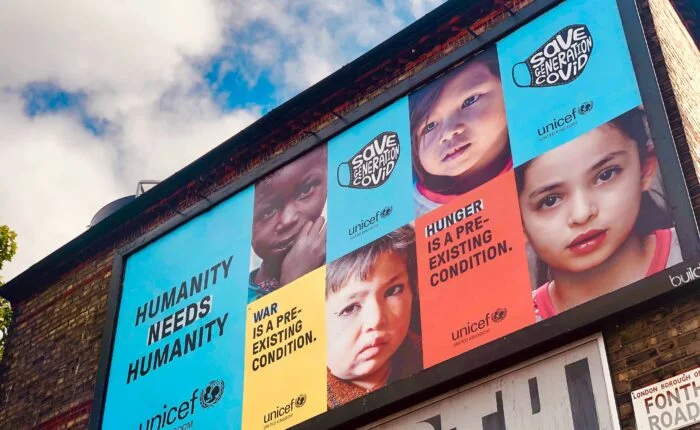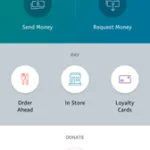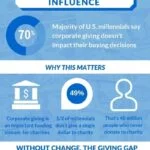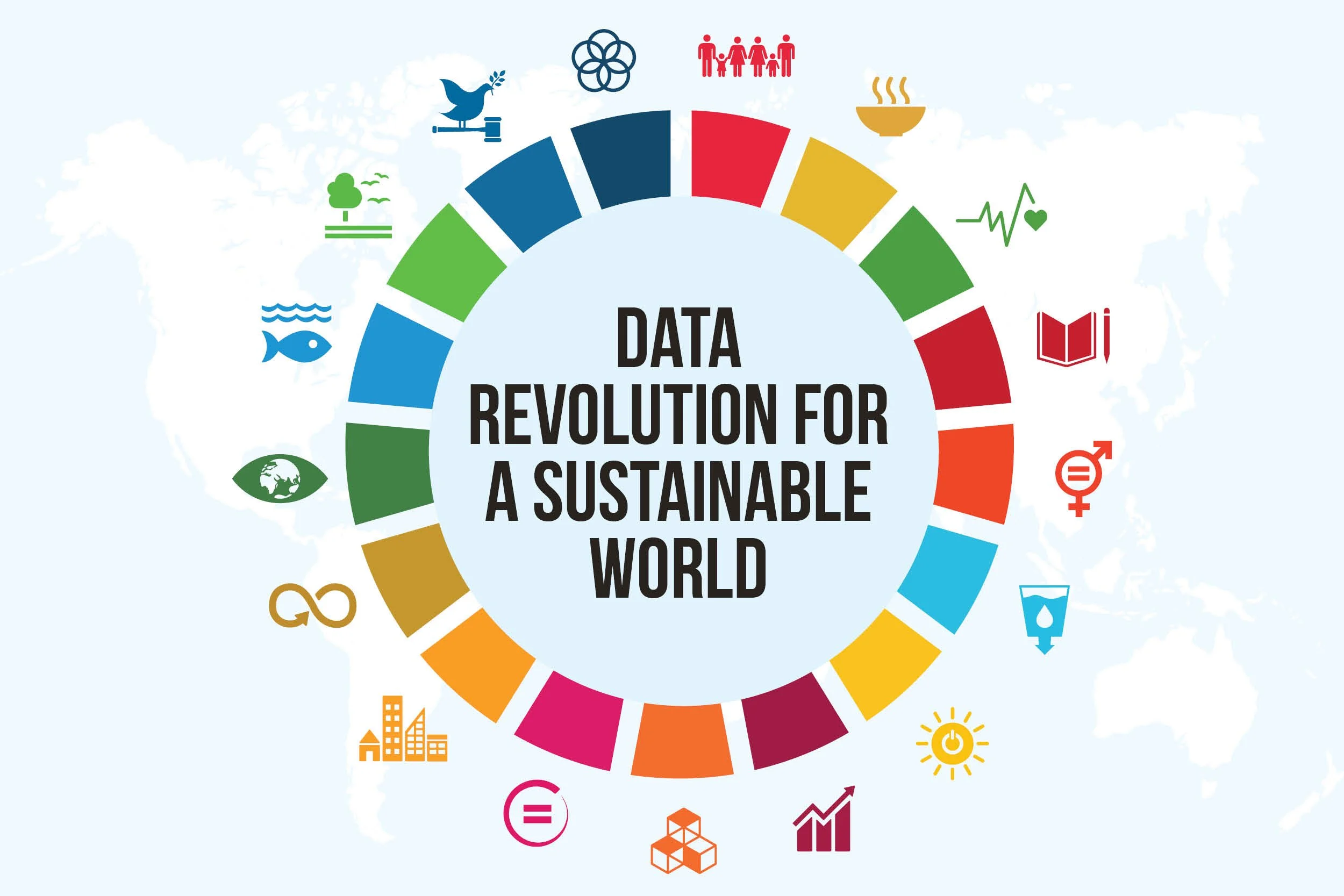Thanks to ever-evolving technology, there are a wide array of tools designed to facilitate and increase charitable giving. But, as the adage goes, the best tool is the one you already use.
With over 1 billion daily active users, there’s little doubt that Facebook is the tool people are using.
The power and reach of Facebook is undeniable. It has truly become part of our daily lives. That said, can Facebook actually help with charitable giving?
Short Answer: Yes
The impact of successful Facebook charitable giving campaigns is astounding. The infamous ALS Ice Bucket Challenge is a clear example of how an expertly executed Facebook giving campaign can inspire people around the globe and ignite actions as well as increase awareness.
 Just how successful was the ALS Ice Bucket Challenge? In August 2014, when it was launched, over 17 million people uploaded ice bucket challenge videos. These videos have now been watched over 440 million people across the globe.
Just how successful was the ALS Ice Bucket Challenge? In August 2014, when it was launched, over 17 million people uploaded ice bucket challenge videos. These videos have now been watched over 440 million people across the globe.
And these viewings translated into donations, to the tune of millions of dollars. Over an 8-week period, the ALS Association raised over $114 million dollars.
But, the ALS Ice Bucket Challenge was an aberration, we hear you saying. In a lot of ways it was, but it serves to highlight Facebook’s expansive reach and potential for spreading awareness.
The truth is, Facebook is most likely not going to be the tool that helps you raise millions of dollars in charitable giving. It is, however, a very valuable and viable tool for a bigger picture giving campaign.
Why You Should Totally Use It
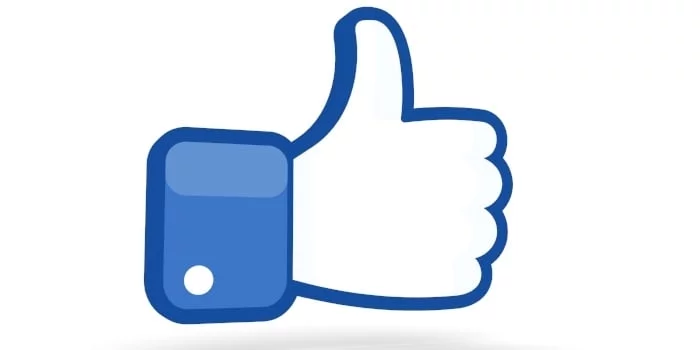 While there are a variety of social media platforms out there, Facebook is one of the most popular. On average, American adults spends a minimum of 20 minutes per day on Facebook. Nearly 75% of online adults in the U.S. check Facebook at least once a month.
While there are a variety of social media platforms out there, Facebook is one of the most popular. On average, American adults spends a minimum of 20 minutes per day on Facebook. Nearly 75% of online adults in the U.S. check Facebook at least once a month.
Thanks to its popularity, Facebook has a massively impressive reach. But even more importantly, Facebook encourages engagement through the ability to Like, Share, and Comment on posts.
While donations are the lifeblood of charitable organizations, people cannot give to groups they don’t know about yet. Facebook makes it easy to raise awareness of your charity or fundraising project.
Why It’s Not the Best

Despite its many benefits, Facebook is not the end all be all of charitable giving tools.
The downside of easy engagement on a social media platform is that much of the engagement that begins on Facebook stays on Facebook.
As a powerful UNICEF ad pointed out a few years ago, Likes on Facebook don’t have a direct impact on the cause or charity. Generally speaking, only a small percentage of “Likes” will translate into charitable giving or volunteer hours.
Additionally, Facebook’s algorithm is designed to increase their revenue, first and foremost. Even if you have thousands of friends or followers on Facebook, the majority of them will not see your posts in their timeline.
Say you have 5000 Facebook friends, chances are only 50 of them will see what you post on any given day. Why would Facebook design an algorithm that hides your posts from the majority of your friends? The answer is simple:
Advertising revenue.
Facebook sells ads. If everyone sees what you post anyway, why would you ever pay for advertising?
You wouldn’t. Facebook knows this.
Boosting, where you pay a nominal amount to highlight a specific post, can increase your visibility on one post significantly. But for most charitable organizations part of Facebook’s appeal is low cost advertising, which means it there may not be a budget available for most groups to boost posts on a regular basis.
Scams and frauds are another reason Facebook isn’t ideal. With millions of new posts going up daily, Facebook cannot and does not verify every single fundraising request on the platform. The increasingly popular crowdfunding sites that make it simple to give to someone in need also make it easy for scammers to appear legitimate.
It’s sad and unfortunate, but there are people out there who will attempt to take advantage of others’ generosity on Facebook. There are those who have made a page about an injured animal or ill family member and created a fake story for money.
Facebook doesn’t notify users if the fundraising posts or charitable organizations requesting donations through their site have been vetted or researched by reputable groups.
Instead, it is the donors’ responsibility to check GuideStar or Charity Navigator if they want to verify the legitimacy of charitable organizations requesting contributions through Facebook. And the truth is, most people don’t have the time to do the research and simply choose not to give instead.
Conclusion
Under no circumstance should Facebook be the entirety of your fundraising strategy. In fact, due to limited transparency about fundraising posts and minimal visibility without paying for ads, Facebook shouldn’t really be relied on as a primary charitable giving strategy.
As a supplement, however, Facebook can be an amazing tool. The strength of Facebook lies in its ability to share content quickly and seamlessly, which can increase awareness and engagement. When you share quality content and respond to questions and comments in a meaningful way, you build a rapport and brand trust with your followers.
These can eventually convert into charitable giving, often with significant loyalty, but remember viral million dollar making fundraising campaigns are the exception, not the rule.
{{cta(‘a67601ab-319d-467e-8100-a2ba0d006d8f’)}}





